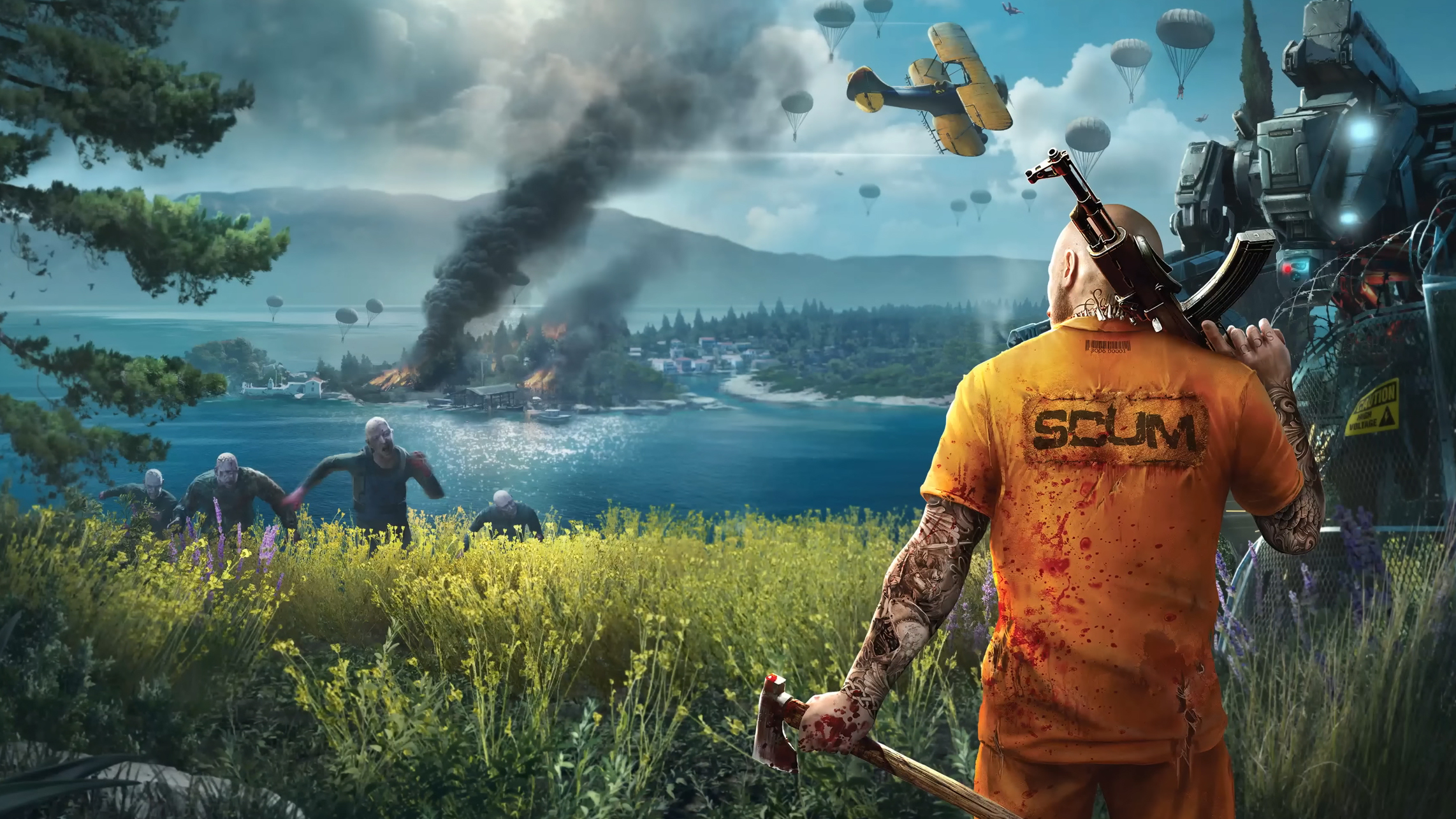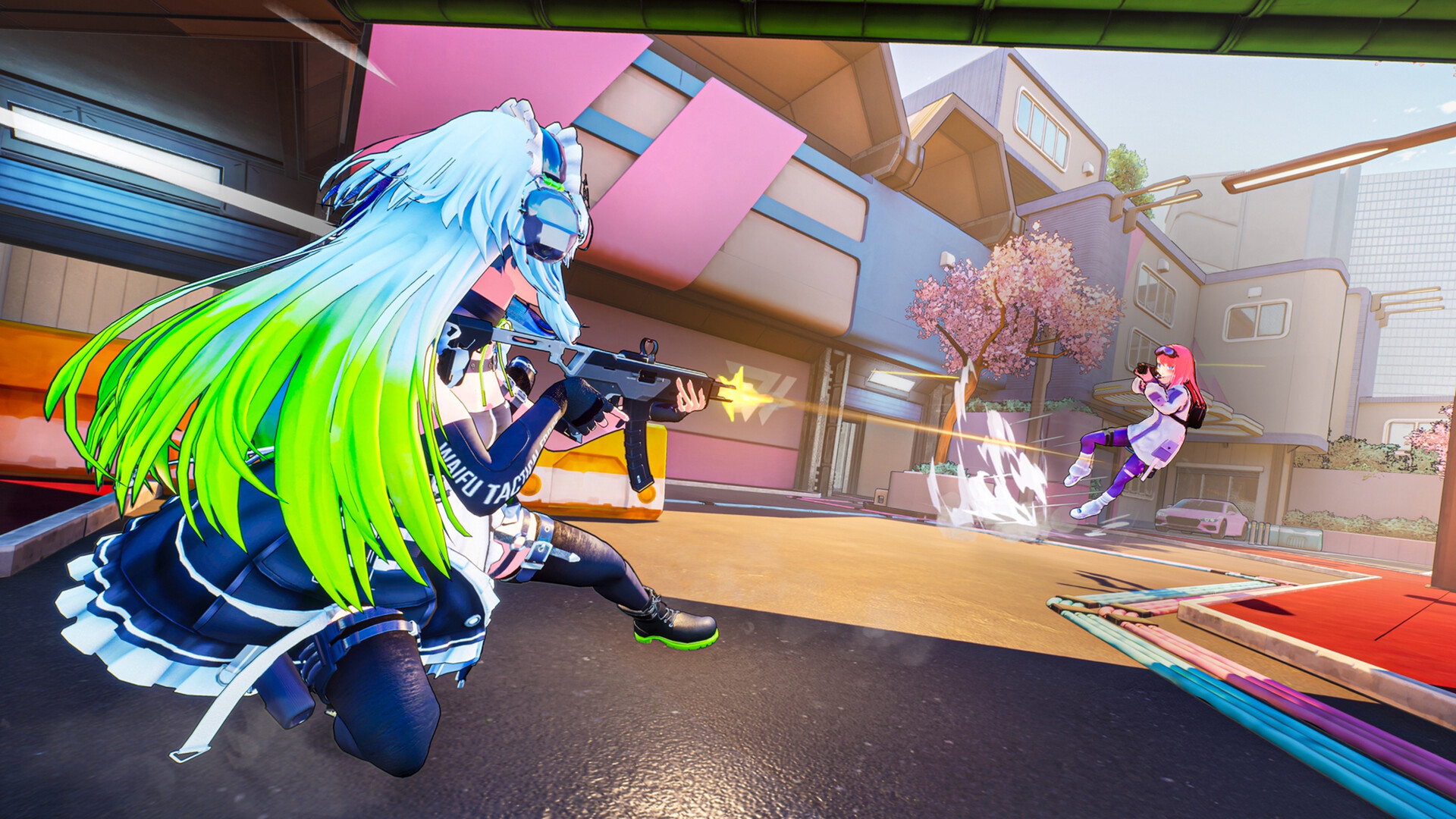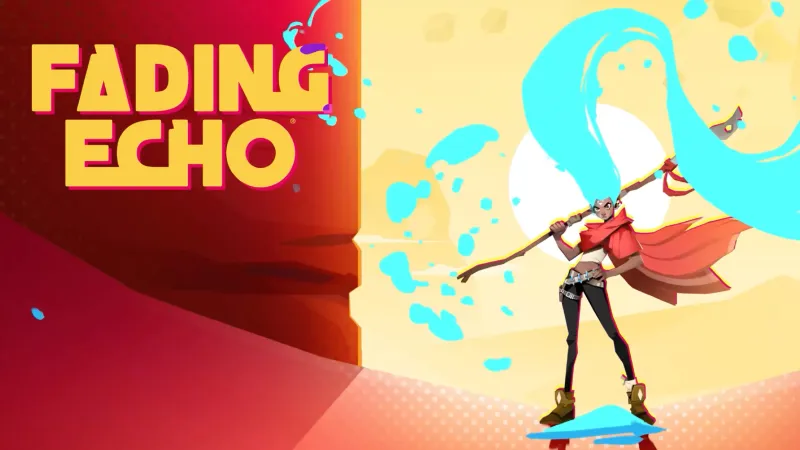
The biggest barrier to board gaming fun is often getting a group to learn a new game in the first place. As such, games that are based on well-worn classics often find a much smoother path to the table — and even more so if both the classic and derivative are fast to learn and play. Perennial classic Yahtzee got ignored in this regard for years, but now it’s spawned a whole genre of more strategic and engaging titles known as “roll and write” games. Roll the dice, hope for the best and when they land, use the results to build up a pattern of points on your scoresheet.
Modern versions have amped this formula up to the max and have sheets that range from building maps, to tracking a pinball around a table, to mimicking a fast-paced martial arts fight. With a variety of themes and depths to choose from, and most of them being cheap, easy to learn, and playing well as solo board games, there’s never been a better time to join in the roll and write craze.
Clever Cubed
The fashion for roll and write started out with a German game called Ganz Schön Clever, which translates as That’s Pretty Clever. It had a scoresheet like Yahtzee where you crossed off different dice combinations to clock up points but had two smart innovations. First, the dice were colored, adding a whole new dimension to scoring. Second, you could reroll dice three times like in Yahtzee but you then chose a dice to score and on your second and third rolls you lost any lower value dice from the pool, adding strategy to the pick. It was a smash hit and spawned two sequels, the more complex Doppelt So Clever (Twice as Clever) and our pick, Clever Hoch Drei (Clever Times Three or Clever Cubed), which dialled back on the rules overhead while adding some fun new concepts to challenge players.
Super Skill Pinball: Ramp It Up
Most roll and write games don’t do much in the way of conjuring up a theme, but Super Skill Pinball replicates a pinball table with nothing more than a pen and some dice. You choose one of four supplied tables to play, enter at the top, and then drop down by choosing to hit various bumpers and targets depending on your roll. It’s the same deal when it drops to the flippers but the kicker is that you can’t re-use a box twice, so your ball will eventually run out of targets and drop. It’s up to you to use the specific combo and special play rules of your table to maximize your score, making for a puzzle that’s fascinating and thrilling in equal measure. There are a number of sets available including a Star Trek–themed one, but Ramp It Up is the pick of the bunch and even includes a cooperative table.
Welcome To
Welcome To isn’t strictly a roll and write game: it belongs to a closely related genre called flip and write, which replaces the dice with cards. This gives you a lot more options to work with. Here, they’re pressed into the service of town planning as you choose pairs of house numbers and building effect cards to create three suburban streets. It’s a tricky ask as you have to get houses in number order while balancing your score across various bonuses such as pools, parks and racing to be the first to meet city plans that require specific layouts. It’s super satisfying when you pull it off and there’s a surprising amount of strategy, but gamers who want even more could choose its more complex sci-fi cousin Welcome To The Moon.
Railroad Ink: Deep Blue Edition
Rather than filling in a score sheet, Railroad Ink asks you to draw a transport network on a grid, based on tracks and junctions thrown up by its custom dice. You’re rewarded by linking as many exits as possible to the same network which rapidly becomes a tricky task as you balance the need to minimise dead ends with the desire to leave things open in the hope of linking them later. Combining risk versus reward gameplay with spatial thinking makes this roll and write quite unusual, but there are various editions to add to the variety. Deep Blue, which allows you to add rivers and lakes to your map along with potential ferry routes, is the pick of the bunch but you can go for volcanos with Blazing Red, forests in Lush Green or deserts in Shining Yellow.
Next Station: London
Another train-based game but this time a flip and write, Next Station: London offers the novel twist of making pencil colors a key part of the game. Each color ties into a starting station on the player’s map, which is where you begin to draw your network based on the station symbol of the drawn card. You can extend in either direction and even branch your line as you try to cross as many districts as possible, taking in tourist sites, joining other lines and crossing the river on the way. But beware as you can’t cross lines except as stations, meaning that a sprawling, high-scoring first turn may box in your expansion for later lines. Then all the players swap pencils and start anew. It’s a simple concept that reveals surprising nuance over repeat plays, giving it an edge of additive puzzling while resulting in fun multicoloured maps.
Dinosaur Island: Rawr N Write
Part of the appeal of roll and write games is their speed and simplicity, but Rawr N Write was the first of a new breed in the genre that uses the concept as a springboard to more complexity and depth. The dice roll gives players a choice of resources such as money and DNA that they need to build their own Jurassic World style dinosaur theme park. You’ll need to sketch out your park with both attractions and concessions stands on a mini-grid, while also bringing in staff, special buildings and taking care of security. Then, at the end of each of the three turns, you run an actual tour route through your facility to score points while hoping no-one gets eaten. With so many different aspects to juggle, planning your park is a rich, brain-burning challenge while running the tour brings the numbers to life with a thematic kick. Read our Dinosaur Island: Rawr ‘n Write review for more details.
Cartographers
Games in this genre often play well with large groups because there’s a central roll or flip and everyone tries to make the best use of the results. That means a lack of player interaction, which Cartographers came along to challenge. This is a flip and write where the idea is to use the cards to map out the terrain of a fantasy kingdom, trying to fulfil some variable scoring challenges. The fun twist is that every so often there’s a monster card, at which point you pass your map to your neighbour and they have to figure out the most annoying place to draw the negative monster icons in your kingdom. Not only does this make Cartographers feel much more personal, but the maps you’re left with at the end have an engaging sense of world-building about them, conjuring up some theme. The sequel, Cartographers: Heroes, added more dynamic monsters and new hero cards to ride in and save your kingdom from their depredations.
Long Shot: The Dice Game
Horse racing game Long Shot was fine, but this derivation into a roll and write has proved a smash hit with players. Unusually for the genre, there’s an actual board for the track around which the horses race, based on a dice roll, but some horses are more likely to move than others. Your job is to watch the unfolding race and bet sensibly on the odds as proceedings come to a head. However, you can also use your cash to buy horses to access a special power and a hefty bonus if it wins, as well as take various options to fiddle the odds in favour of your chosen steeds. Since everyone is free to bet on any horse, this creates a fascinating web of dependencies between players as the race progresses, since horses you’ve backed may pay out better for your opponents. With interaction, excitement and a hefty dose of theme, Long Shot: The Dice Game satisfies in areas other roll and writes cannot.
Vengeance: Roll and Fight
Most games in this genre fit a certain, relatively staid, pattern of having a random seed to offer all the players a choice, which they mark on their sheet. In trying to recreate the hectic pace of a martial arts movie, Vengeance: Roll and Fight turns these expectations upside down. This is a frantic real-time game where players generate actions for their turn by trying to grab dice and roll combos faster than the other players. Once the pool of dice is empty you can use your actions to draw a route through a warehouse full of goons, moving, fighting and looting your way to a showdown with the boss. With variable characters, each with a unique roster of abilities and items, plus lots of maps to work through, the fast play time and variety mean you can keep rolling and fighting over and over into the small hours.
Three Sisters
It’s common for roll and write games to reward players who achieve particular combination of rolls or scores, but Three Sisters takes this concept to the extreme. Your score sheet here is a garden in which you grow a variety of crops and flowers and purchase various tools based on the results of dice rolls making a rondel of actions available. However, when you complete certain actions the reward is often a bonus action which you can then, in turn, use to gain another bonus action and so on. Indeed, the action chaining gets so intense that the score sheet has a special space to record and rub out your bonuses as you accrue and use them during a turn. Making full use of these chains requires more strategic planning than most games in this genre offer, making this a tactical treat. See our Three Sisters board game review for more info.
Fleet: The Dice Game
This is another combo-tastic game which tries to snare players more with a plethora of interconnected options. As the owner of a fishing fleet, you’ll need to decide whether to use the dice to buy licences for the depicted type of seafood or to launch a boat to catch it. The further you go down each tree, the bigger the rewards. Boats will later return to the harbor where you can sell your catch and construct buildings that offer additional benefits over the 10 rounds of play. It’s all about using the dice as random seeds and working out the best set of interconnected benefits you can glean from each tree of potential options. Fast, fun and with a thematic set of mock mother of peal dice, Fleet: The Dice Game is a lot less dangerous and a lot less smelly than real high-seas fishing.
Rajas of the Ganges: The Dice Charmers
Keen gamers among you may have noticed that lot of roll and write games are stripped-down transformations of bigger, more complex fare that often outshine the originals. So it is with Rajas of the Ganges: The Dice Charmers which repackages the experience of ruling a province in 16th century India into a faster, more accessible box. You use symbols rolled on its pastel-colored dice to create goods and roads, sail up the Ganges or call in favors from influential subjects. These tick-off boxes and maps on your scoresheet, which cross over at various points for extra bonuses, bringing an engaging spatial element to building your kingdom. The game even comes with a 3D cardboard elephant.
For more ideas, be sure to check out our list of the best board games of all time.






